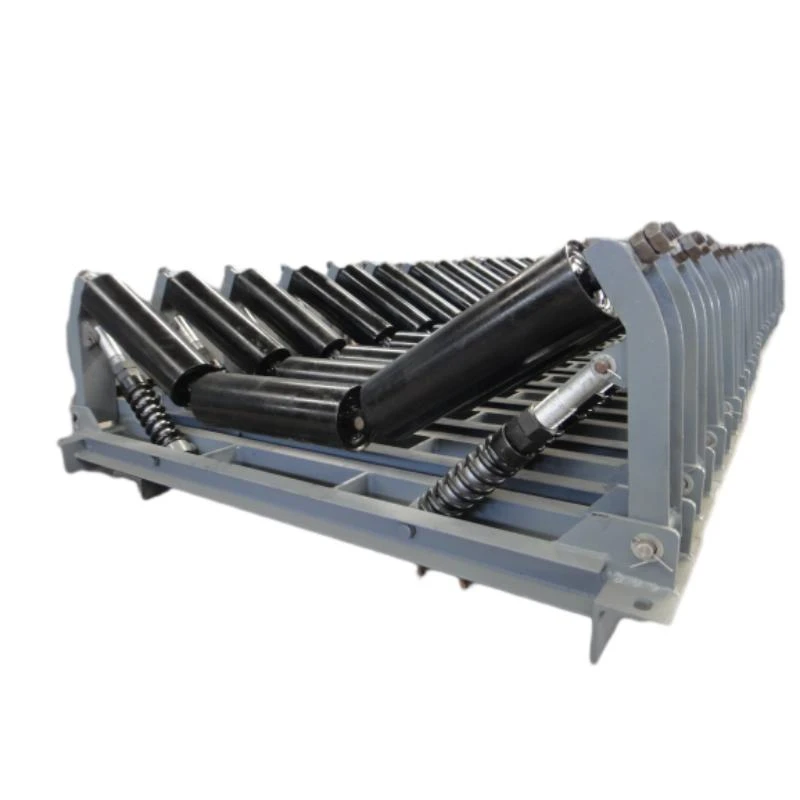 Afrikaans
Afrikaans  Albanian
Albanian  Amharic
Amharic  Arabic
Arabic  Armenian
Armenian  Azerbaijani
Azerbaijani  Basque
Basque  Belarusian
Belarusian  Bengali
Bengali  Bosnian
Bosnian  Bulgarian
Bulgarian  Catalan
Catalan  Cebuano
Cebuano  Corsican
Corsican  Croatian
Croatian  Czech
Czech  Danish
Danish  Dutch
Dutch  English
English  Esperanto
Esperanto  Estonian
Estonian  Finnish
Finnish  French
French  Frisian
Frisian  Galician
Galician  Georgian
Georgian  German
German  Greek
Greek  Gujarati
Gujarati  Haitian Creole
Haitian Creole  hausa
hausa  hawaiian
hawaiian  Hebrew
Hebrew  Hindi
Hindi  Miao
Miao  Hungarian
Hungarian  Icelandic
Icelandic  igbo
igbo  Indonesian
Indonesian  irish
irish  Italian
Italian  Japanese
Japanese  Javanese
Javanese  Kannada
Kannada  kazakh
kazakh  Khmer
Khmer  Rwandese
Rwandese  Korean
Korean  Kurdish
Kurdish  Kyrgyz
Kyrgyz  Lao
Lao  Latin
Latin  Latvian
Latvian  Lithuanian
Lithuanian  Luxembourgish
Luxembourgish  Macedonian
Macedonian  Malgashi
Malgashi  Malay
Malay  Malayalam
Malayalam  Maltese
Maltese  Maori
Maori  Marathi
Marathi  Mongolian
Mongolian  Myanmar
Myanmar  Nepali
Nepali  Norwegian
Norwegian  Norwegian
Norwegian  Occitan
Occitan  Pashto
Pashto  Persian
Persian  Polish
Polish  Portuguese
Portuguese  Punjabi
Punjabi  Romanian
Romanian  Russian
Russian  Samoan
Samoan  Scottish Gaelic
Scottish Gaelic  Serbian
Serbian  Sesotho
Sesotho  Shona
Shona  Sindhi
Sindhi  Sinhala
Sinhala  Slovak
Slovak  Slovenian
Slovenian  Somali
Somali  Spanish
Spanish  Sundanese
Sundanese  Swahili
Swahili  Swedish
Swedish  Tagalog
Tagalog  Tajik
Tajik  Tamil
Tamil  Tatar
Tatar  Telugu
Telugu  Thai
Thai  Turkish
Turkish  Turkmen
Turkmen  Ukrainian
Ukrainian  Urdu
Urdu  Uighur
Uighur  Uzbek
Uzbek  Vietnamese
Vietnamese  Welsh
Welsh  Bantu
Bantu  Yiddish
Yiddish  Yoruba
Yoruba  Zulu
Zulu conveyor systems with rollers and idlers for efficient material handling solutions
Understanding Conveyor Rollers and Idlers Essential Components for Efficient Material Handling
Conveyor systems are integral to many industries, facilitating the smooth movement of goods from one place to another. Among the critical components of these systems are conveyor rollers and idlers, which play a significant role in ensuring efficiency and reliability during material handling operations.
What Are Conveyor Rollers?
Conveyor rollers are cylindrical components that support the weight of the material being transported on a conveyor system. They are designed to reduce friction between the moving conveyor belt and the materials it carries. This friction reduction is crucial, as it minimizes wear and tear on the conveyor belt and provides a smoother transition for items being transported.
Rollers come in various designs and materials, suitable for different applications. For instance, metal rollers are typically used in heavy-duty environments, while plastic rollers might be favored for lightweight applications or industries where corrosion is a concern. Furthermore, rollers can be equipped with features such as bearings to enhance rotation efficiency, ensuring that they operate smoothly under load.
The Role of Idlers
Idlers are similar to rollers, but they are primarily used to provide support and maintain the proper tension on the conveyor belt. They do not carry any load themselves but help to stabilize the belt, preventing sagging and allowing for efficient material transfer.
conveyor rollers and idlers

Idlers can be categorized into several types, including trough idlers, flat idlers, and return idlers. Trough idlers are designed to cradle the conveyor belt, maintaining its shape and preventing spillage of materials, particularly in bulk handling applications. Flat idlers, on the other hand, provide a flat surface for the belt to slide over, which is ideal for certain industrial applications. Return idlers are crucial for supporting the belt when it returns to the starting point, ensuring that the load is efficiently managed throughout the entire conveyor system.
Importance of Conveyor Rollers and Idlers
The efficiency and reliability of a conveyor system largely depend on its rollers and idlers. First, they significantly impact the lifespan of the conveyor belt. By reducing friction and providing proper alignment, these components minimize the wear and tear on the belt, ultimately reducing replacement costs and downtime due to maintenance.
Secondly, they help improve the overall operational efficiency of material handling systems. Smooth-running rollers and properly adjusted idlers ensure that materials move quickly and efficiently, minimizing delays in production lines. This is especially critical in industries such as manufacturing, mining, and logistics, where timely processing is essential.
Moreover, the selection of appropriate rollers and idlers can enhance safety in the workplace. Well-designed components reduce the risks of accidents related to belt slippage or misalignment, promoting a safer working environment for employees.
Conclusion
In conclusion, conveyor rollers and idlers are fundamental elements in the design and function of conveyor systems across diverse industries. Their role in reducing friction, supporting the conveyor belt, and improving operational efficiency cannot be overstated. As industries continue to evolve and demand for efficient material handling solutions grows, investing in high-quality rollers and idlers becomes increasingly important. Whether managing bulk materials in a mining operation or transporting products within a warehouse, understanding these components can lead to better equipment choices and enhanced performance overall.
-
Revolutionizing Conveyor Reliability with Advanced Rubber Lagging PulleysNewsJul.22,2025
-
Powering Precision and Durability with Expert Manufacturers of Conveyor ComponentsNewsJul.22,2025
-
Optimizing Conveyor Systems with Advanced Conveyor AccessoriesNewsJul.22,2025
-
Maximize Conveyor Efficiency with Quality Conveyor Idler PulleysNewsJul.22,2025
-
Future-Proof Your Conveyor System with High-Performance Polyurethane RollerNewsJul.22,2025
-
Driving Efficiency Forward with Quality Idlers and RollersNewsJul.22,2025





























